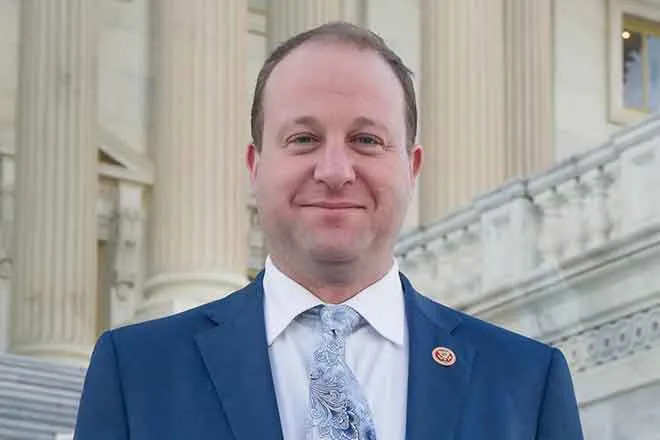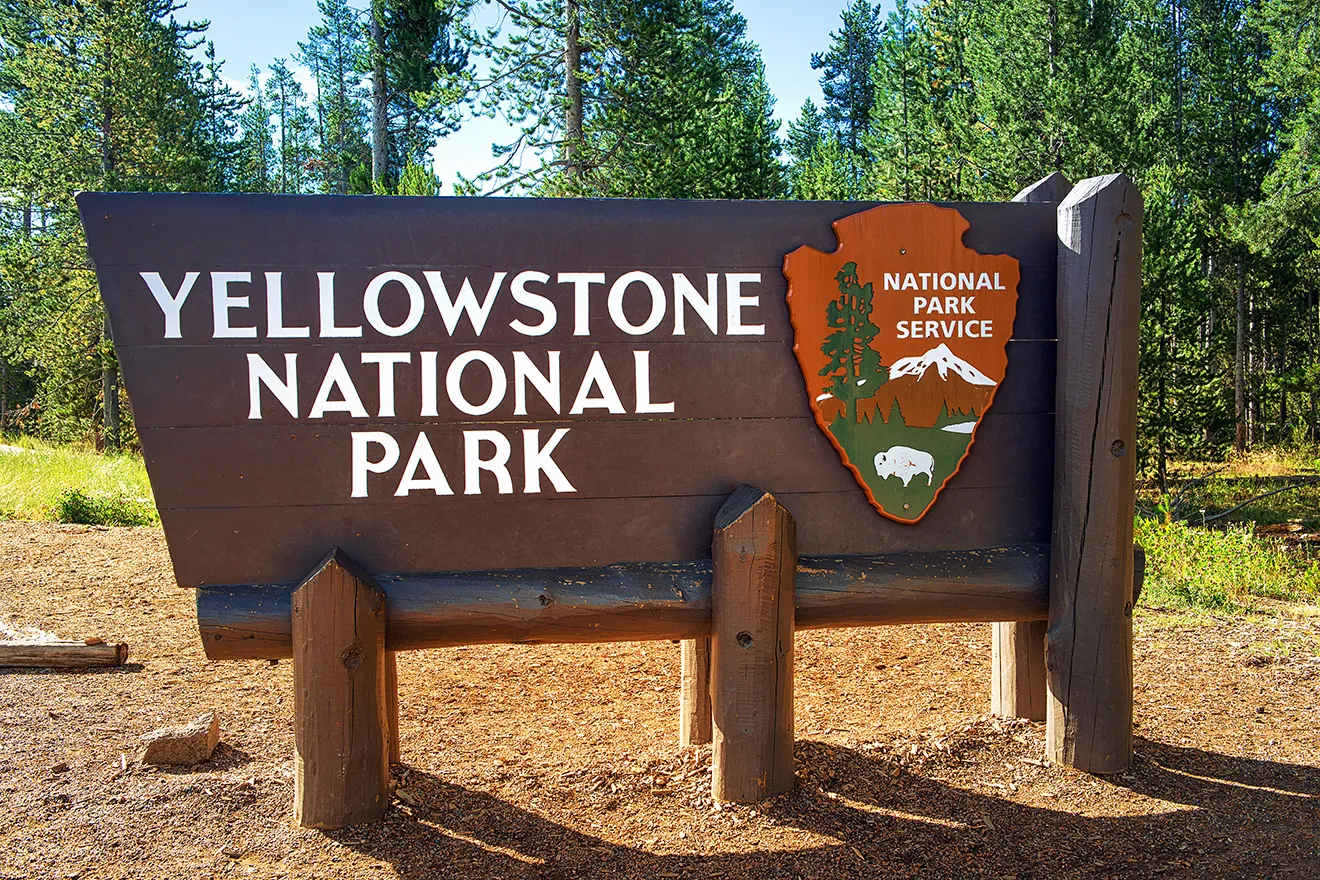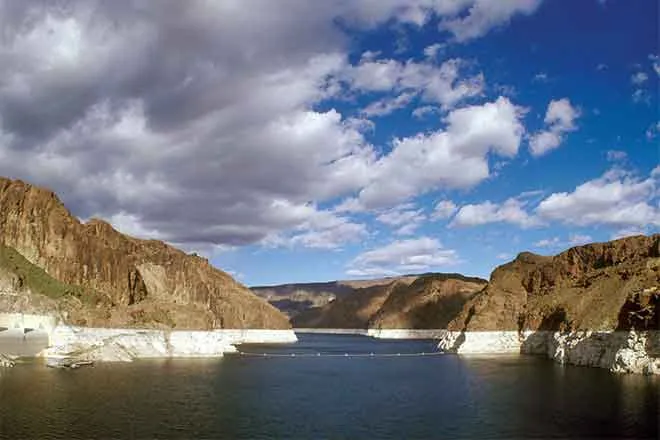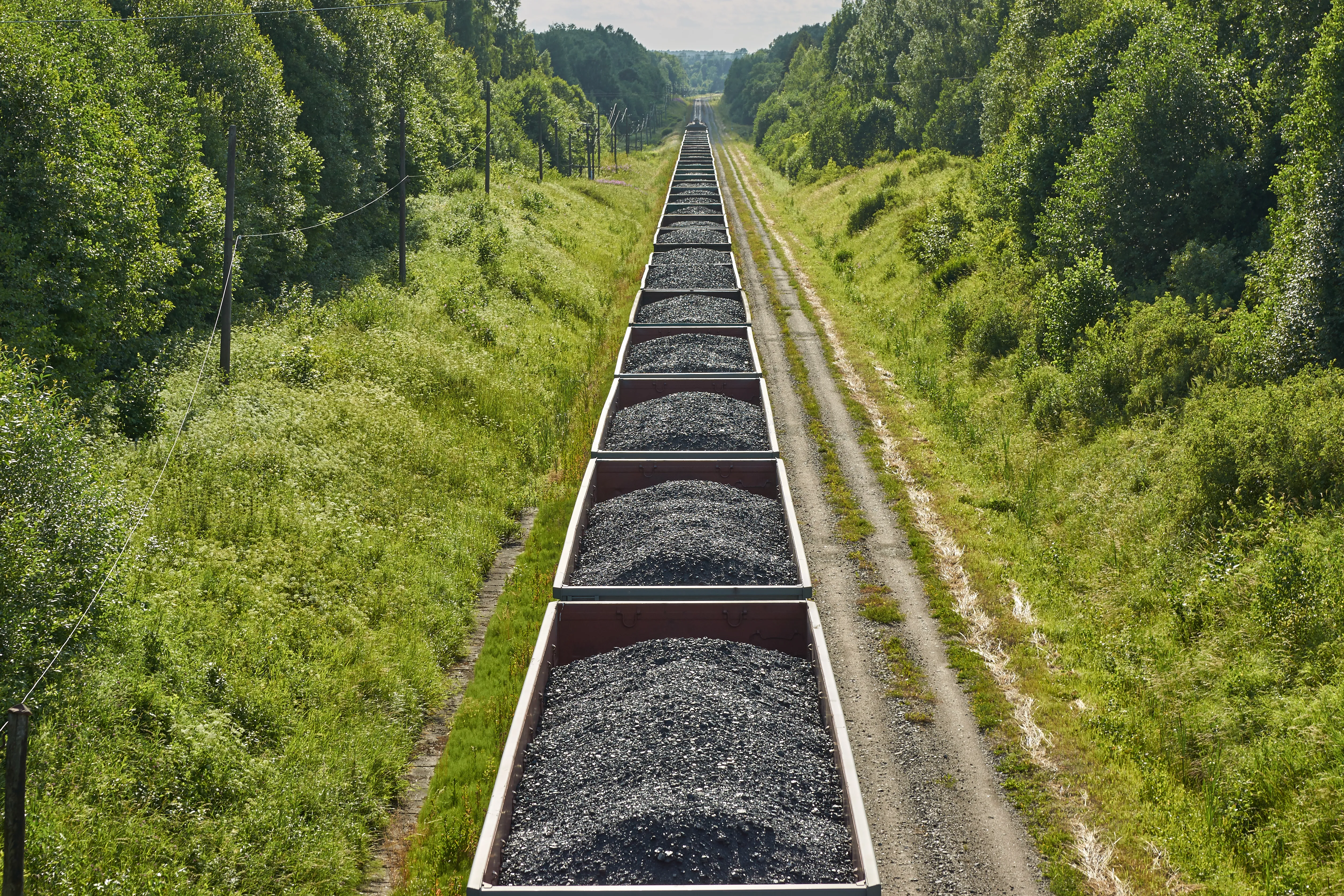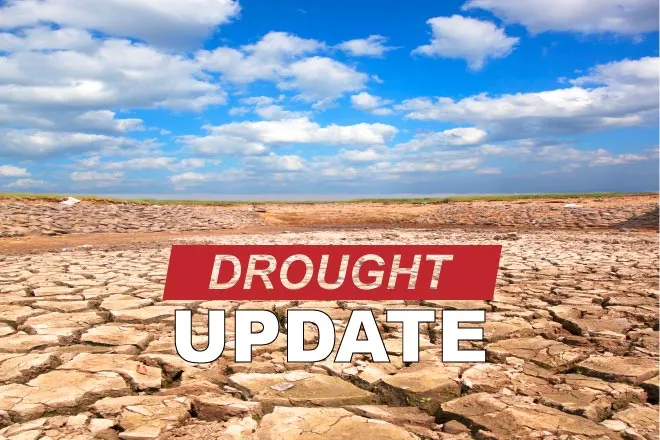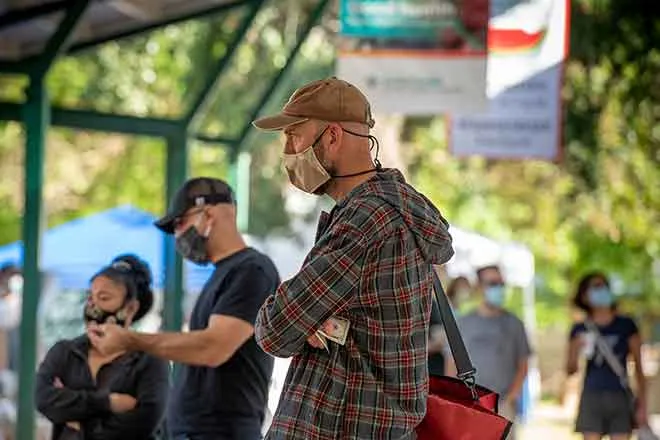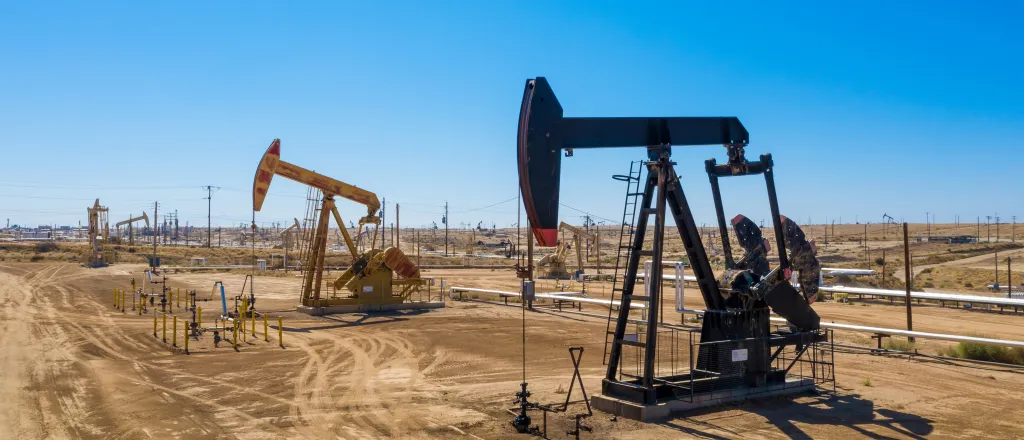
Colorado groups applaud new BLM oil and gas rule to protect wildlife
(Colorado Newsline) Colorado conservation advocates are applauding a new plan by the Bureau of Land Management to enact stricter wildlife protection rules for oil and gas operations on 13 million acres of public land across the state.
BLM officials and conservation groups say the new policies, which were formally proposed Thursday after a two-year environmental review period, will help mitigate the risks that oil and gas activity poses to high-priority big game habitat and in particular will address growing concerns from state wildlife officials about the sustainability of Colorado’s elk herds.
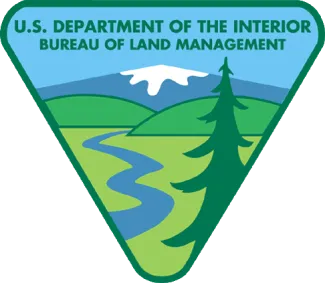
“The BLM is at the forefront of big game habitat conservation efforts for public lands in Colorado, taking this transformational step to align management with the State of Colorado, which has some of the strongest protections for wildlife in the U.S.,” Doug Vilsack, the agency’s Colorado state director, said in a press release. “We will partner with stakeholders to achieve thriving big game populations while maintaining multiple uses of the public’s lands.”
The proposal would amend a dozen so-called resource management plans used by local BLM field offices to administer agency-managed lands and subsurface rights across Colorado. The new rules would require oil and gas operators to follow the more stringent state-level wildlife protections mandated by the Colorado Energy and Carbon Management Commission and limit drilling activity to a density of one location per square mile or less.
“Public lands provide critical habitat for Colorado’s big game herds, and the BLM has a responsibility to ensure it remains connected and functional,” John Rader, the public lands program manager at the San Juans Citizens Alliance, said in a statement. “We support the BLM’s efforts to align with state policy and mitigate impacts to big game habitat from oil and gas development.”
Long considered a conservation success story, elk populations in Colorado rebounded over the course of the 20th century due to strict state hunting regulations, growing from less than 1,000 animals in the early 1900s to over 300,000 today. But since peaking in the early 2000s, elk populations in western Colorado have declined due to habitat loss, drought, reduced calf survival rates and other factors, officials from Colorado Parks and Wildlife wrote in an update to the region’s herd management plans last year.
“How many elk Colorado can support in the future given current and expanding levels of anthropogenic disturbance and influence is currently in question,” CPW officials wrote.
More than half of the land managed by the BLM in Colorado is considered high-priority habitat for elk, according to the agency. The proposal also aims to better protect habitat for mule deer, pronghorn and bighorn sheep.
Thursday’s announcement of the agency’s proposal begins a 30-day protest period and a 60-day review by Colorado Governor Jared Polis, after which the new policies will take effect.
Colorado Newsline is part of States Newsroom, a nonprofit news network supported by grants and a coalition of donors as a 501c(3) public charity. Colorado Newsline maintains editorial independence. Contact Editor Quentin Young for questions: info@coloradonewsline.com. Follow Colorado Newsline on Facebook and X.


